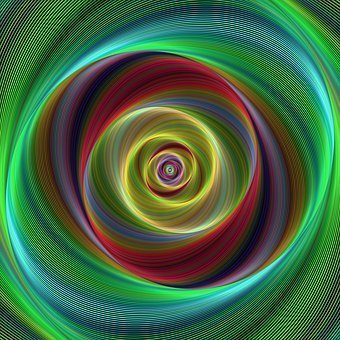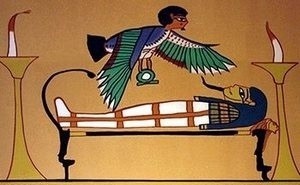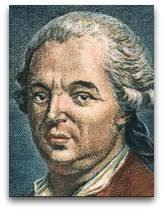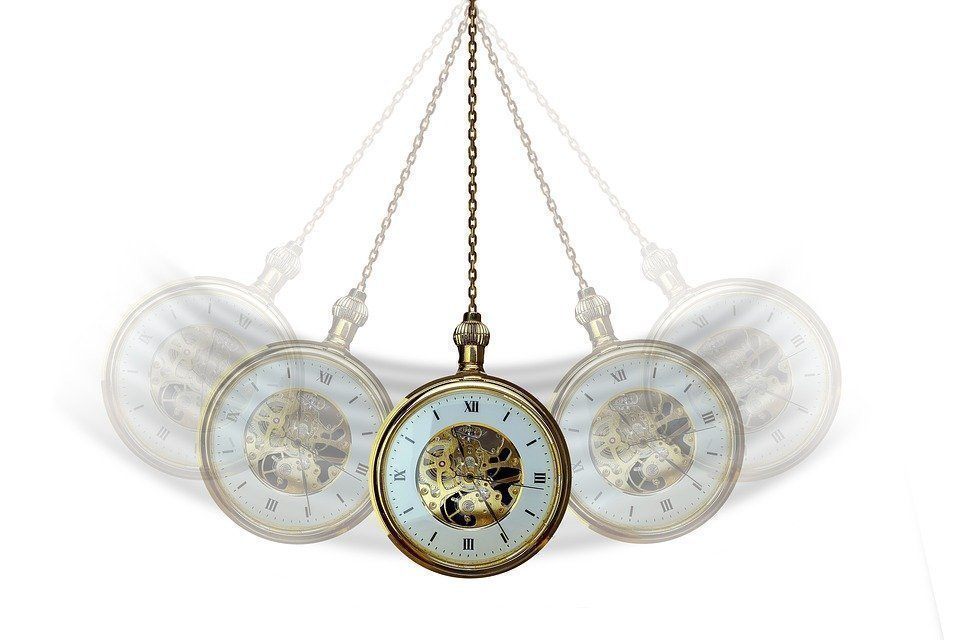The History of Hypnosis From The Healing Temples to The Modern Clinics

In this article you will learn about the history of hypnosis from ancient times in Egypt, India & Greece to how it remerged in Europe in the 1800 to become known as Hypnosis as it is today.
The Ancient Practice of Hypnosis
Once the patient was in a dream like state, the priest or priestess would give hypnotic suggestions to get the patient connected with the Gods to perform the healing.
The timing of entering the Dream Temple had to be just right too, where to begin with there was a preparation phase.
The patient went through a purification rituals and sacred chants. They would meditate, take hot baths and make sacrifices to the Gods.
The people who came to the healing temples were known as seekers.
They were seeking a solution to their problems, or wanted to make contact with the Gods, or gain an insight, or wanting cure a mental or physical challenge.
Healing temples have been reported not only in Egypt, but in the ancient Greek, Romans & Hebrew Traditions.
In India some of these traditions have survived and are still performed by a priest to treat ill health and perceived "bad" luck through connection with the Gods.
How The Modern History Of Hypnosis Started
It was years later that the modern history of hypnosis began with Franz Mesmer in the 18th Century. The German physician who used hypnosis in the treatment of patients in Vienna and Paris.
It was years later that the modern history of hypnosis began with Franz Mesmer in the 18th Century. The German physician who used hypnosis in the treatment of patients in Vienna and Paris.
Because of Mesmer's mistaken belief that hypnotism made use of an occult force (which he termed “animal magnetism”) that flowed through the hypnotist into the subject.
Mesmer was soon discredited; but Mesmer’s method, named Mesmerism after its creator, continued to interest medical practitioners.
A number of clinicians made use of Mesmerism without fully understanding its nature until the middle of the 19th century, when the English physician James Braid studied the phenomenon and coined the terms hypnotism and hypnosis, after the Greek god of sleep, Hypnos.
The term “hypnosis” is derived from the Ancient Greek word for “sleep” (hypnos).

In 1880's many scientists developed interest in Hypnosis.
An obscure French physician Ambroise-Auguste Liébeault along with the Professor of Medicine at Strasbourg, Hippolyte Bernheim wrote that the hypnosis involved no physical forces and no physiological processes but was a combination of psychologically mediated responses to suggestions.
At the same time, Austrian physician Sigmund Freud visited France and he was very impressed by the therapeutic potential of hypnosis for neurotic disorders.
On his return to Vienna, he used hypnosis to help neurotics recall disturbing events that they had apparently forgotten.
As Freud began to develop his system of psychoanalysis, however he encountered problems in hypnostising his patients. Publicly what he shared was that one of his patients jumped up and kissed him and he felt it was too volatile.
The real reason was he had a lisp, because his false teeth which did not fit very well. His gums has rotted out with cocaine usage, which meant he could not speak very well and could not induce trance effectively. Plus he was in competition with another hypnotherapist locally named Brewer, who was excellent.
This led Freud to discard hypnosis and he changed his focus to talking therapy and became the founder of Psychoanalysis. This is what he felt about Psychoanalysis, "It will not be a therapy for the poor. It will take 100-200 hours to effect any cure."
Generally psychoanalysts have come to view hypnosis as merely an adjunct to the free-associative techniques used in psychoanalytic practice.
The most famous Hypnotists of the 1900s are Milton Erickson, George Esterbrook & Dave Elhman. Milton Erickson's method of hypnosis became known as Ericksonian Hypnosis.
Erickson was a master of inducing trance in conversation utilising his environment and the patients physiological functions: For example,
- The sound of the bell clock in the distance, where he would say to his patients, which each bong of the clock know that is causing you to go deeper into trance.
- The eyes blinking, where he would ask them to blink and with every blink they would find their eyes will just shut and send them into a state of relaxation.
Milton Erickson, who used to see 10-20 patients a day for over 60 years, and was intensely observed by Richard Bandler & John Grinder, the founders of Neuro-Linguistic Programming (NLP). They observed what he did as a hypnotist and what made him excellent at it and embedded many of the principles of Ericksonian hypnosis in NLP.
The value of hypnosis is to enable change at the unconscious level, where all lasting change occurs. This is the reason Hypnosis is taught as part of the Breakthrough NLP Practitioner Training, which is a 7 step system that integrates traditional coaching with NLP & Hypnosis.
Ericksonian Induction is a script developed by Milton Erickson utilised the act of the eyes blinking to induce trance
- Can you find a spot that you would like to look at comfortably?
- As you continue comfortably looking at that spot for a while, do your eyelids want to blink?
- Will those lids to begin to blink one at a time....twice or three times before they close all together?
- Rapidly or more slowly?
- Will they just close, now, or will they flutter all by themselves first?
- Will the eyes closed more and more as you get more and more relaxed?
- That's right. Can those eyes just stay closed as your comfort ... able to go deeper, just like when you go to sleep?
- Can your comfort go more and more deeply, inside, so that you'd rather not even try to open your eyes?
- Or would you rather really try in vain and find you cannot?
- And just when will you soon forget about them altogether because you're unconscious ... wants you to dream!
In modern times Hypnosis has been used to:
- Treat headaches
- Help in quitting smoking
- Improve concentration and study habits
- Ease the pain of childbirth
- Relieve minor phobias
- Serve as anesthesia --all without drugs or side effects
In the UK, the NHS (National Health Service) recommends Hypnosis for Irritable bowel syndrome and pain control.
Hypnosis is one of the oldest therapies and has stood the test of time and still used today for mental health and physical well-being. It can be learnt as a stand alone or integrated with NLP Training.
In Summary, Hypnosis has its roots in the healing temples of India, Greece & Egypt and was re-ignited in the 1800s in the courts of Vienna and France by Mesmer and it was James Braid coined the term Hypnosis and in the 1900s Milton Erickson laid the foundations of conversational Hypnosis as we know it today.
Become a Breakthrough Coach & NLP Practitioner and coach yourself & others to heal, transform and create the life you want.
Our other seminars:
For the full calendar of events.



